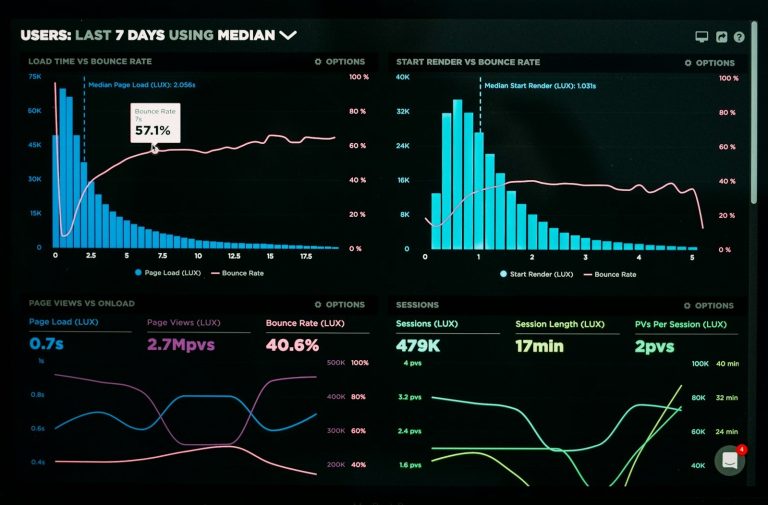It’s a common practice that has been around since the beginning of SEO; piggybacking your competitions backlinks was a good idea back in the good old days when Google’s algorithm was less sophisticated in comparison to what it has become today, yes piggybacking as a standalone link building method definitely worked back then.
Now SEO consultants and PR link builders are working in a digital marketing environment that requires us to be a lot more creative when creating strategies if our clients websites are to make it organically onto page one of Google’s search results (SERPs) for high value target keywords. Piggybacking still is a useful method of link building that will, if done properly yield some limited forward momentum for the recipient website but it should never be undertaken as the sole link building strategy of a digital marketing campaign.
As a standalone strategy piggybacking will only help a website to firm up its link base i.e. “hopefully” enter into the slip stream of the competition that is ahead of it. This means that the recipient website will not pass the competition in the SERPs. This is because analysis of a competitor’s backlinks using the popular tools that are currently available on the market will not shed light on 100% of a domains backlinks especially the lower quality links that that are posted and then removed within a four weeks period. Therefore the whole piggybacking operation will always be behind the backlink footprint of the domain it is attempting to mimic.
You may be thinking that what difference does it make if a piggybacking strategy cannot see the low quality temporary links and mentions that the target competitor is posting?
Well this can make a lot of difference because nobody knows exactly how much emphasis Google places on this category of footprint activity as a websites ranking signal!
An experienced SEO consultant when developing a new link building strategy, if using a piggybacking operation will always combine it with a link building PR outreach strategy. This will bring in fresh links that are unknown to the competition from different sources into the recipient websites footprint thus broadening the backlink network.
Used by itself piggybacking cannot be relied on to yield enough backlink juice to push past the competition but as a component within a wider campaign it still is a good method of linkbuilding.
About The Author:
Geoff Digital is a Senior SEO Consultant at Gtec Media Ltd
Contact: @geoffdigital



